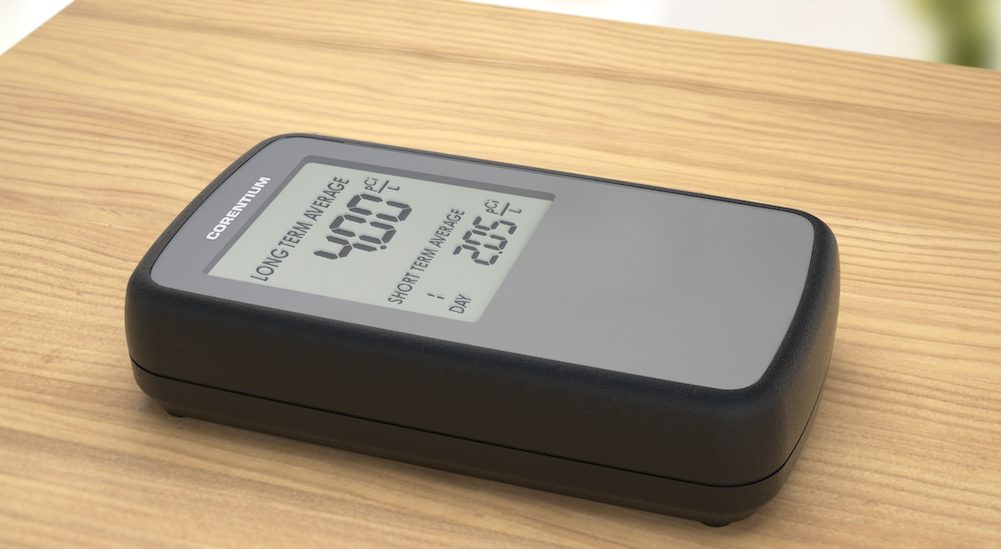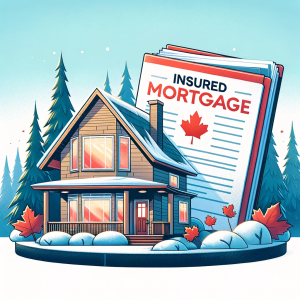Unseen Threat: Understanding Radon in Canadian Homes
In the realm of household dangers, there’s a silent and stealthy intruder that often goes unnoticed: radon gas. In Canada, where radon exposure poses a significant risk to homeowners, awareness and understanding of this invisible threat are crucial.
What is Radon?
Radon is a naturally occurring, odorless, tasteless and colorless radioactive gas that emanates from the decay of uranium in soil, rocks, and water. Throughout Canada, it is often in the air all around us, but dissipates when released outdoors.
The Threat to Canadian Homes
Canada is particularly susceptible to radon exposure due to its geological composition. When radon is released from the ground into the enclosed space of a home, it can accumulate to potentially hazardous levels. Radon can enter a building from the ground from openings such as foundation cracks, floor drains, sump pump areas, support posts, construction joints and so on.
Understanding the Risks
Radon exposure is a severe health concern. Prolonged exposure to high concentrations of radon can increase the risk of lung cancer, making it the second leading cause of lung cancer after smoking. To understand the risk level in your home, testing for radon is imperative.
Getting a Radon Test Kit
Fortunately, testing for radon is relatively straightforward and affordable, typically costing about $40. Homeowners can acquire radon test kits from local hardware stores, public health departments, or certified radon measurement professionals such as this one for Quebec.
How Radon Tests Work
The test kits typically include instructions for placement and collection. Once the test kit is placed in the lowest livable area of the house, it needs to remain undisturbed for the designated period, which is typically at least 3 months. It is ideal to test during the winter months when windows are usually kept closed, so that outside air does not affect the results. The test kit passively collects air samples, which are then sent to a laboratory for analysis. The results indicate the radon concentration in Becquerels per cubic meter (Bq/m³).
Addressing High Radon Levels
Should the test results reveal high radon levels above the acceptable threshold (which in Canada is 200 Bq/m³), steps must be taken to mitigate this risk. Solutions to reduce radon levels in homes are not overly costly and include:
1. Radon Mitigation Systems :
2. Sealing Foundation Cracks and Openings :
3. Ventilation Improvement :
Conclusion
Radon is a serious health risk that can affect any home, regardless of its age or location. Testing for radon is a simple yet essential step in ensuring the safety of your household. If high radon levels are detected, professional mitigation measures can effectively reduce this risk, offering a safer and healthier living environment for you and your loved ones. Stay vigilant, test your home for radon, and take the necessary steps to mitigate this hidden danger.
If you have any questions and would like to learn more about radon, you can reach us anytime at:
514-781-2121
info@angelalangtry.ca





